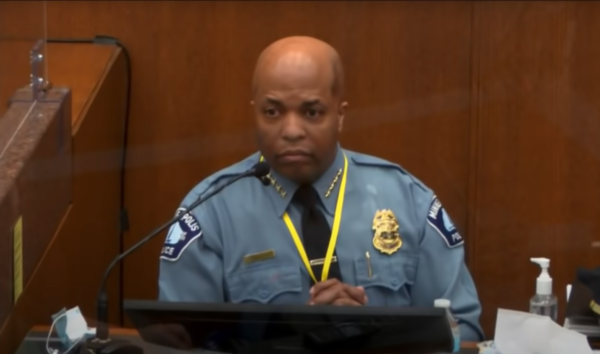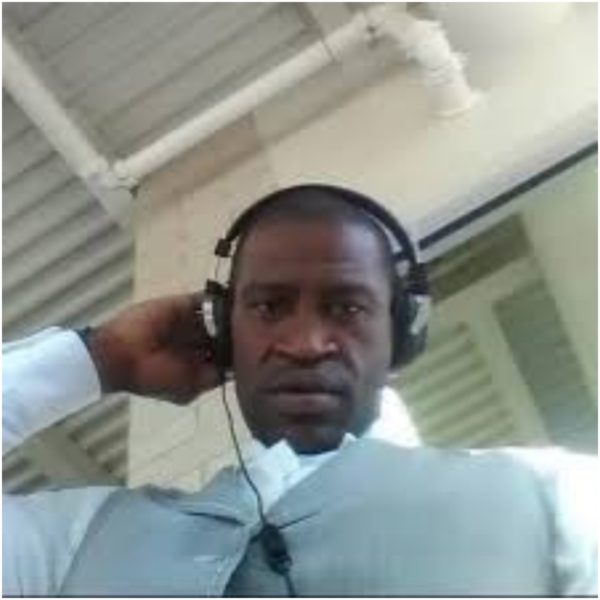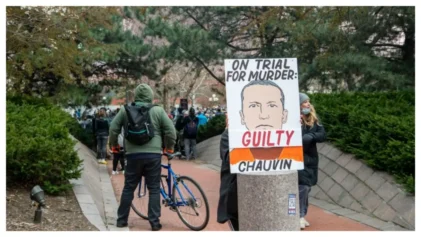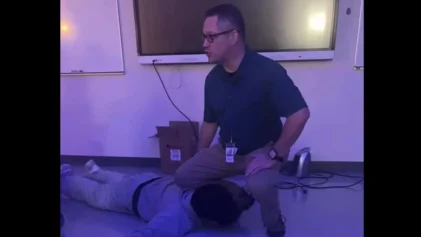As the Derek Chauvin murder trial advances through its second week of testimony, the ex-cop’s former colleagues in the Minneapolis Police Department continue to testify against one of their own. For decades, the Blue Wall of Silence has protected members of law enforcement from being held accountable for misconduct and brutality as officers refused to report their colleagues’ violations.
Chauvin’s murder trial in the death of George Floyd deviates from other trials that have followed police-involved deaths because of the string of officers who have firmly testified that the ex-cop’s actions weren’t consistent with training or departmental policies.

On Tuesday, April 6, Lt. Johnny Mercil, who heads use of force training for the Minneapolis Police Department, said Chauvin’s restraint on Floyd isn’t a technique taught within the department but a “knee on the neck would be something that does happen in the use of force that is not unauthorized,” he told prosecutor Steven Schleicher.
While physically restraining Floyd last May, Chauvin used his knee to apply pressure on the 46-year-old’s neck for nine minutes and 29 seconds. He has pleaded not guilty to charges of second-degree unintentional murder, third-degree murder and second-degree manslaughter.
On Monday, Minneapolis’ first Black police chief, Medaria Arradondo, criticized Chauvin’s conduct.
“That action is not de-escalation,” Arradondo said. “When we talk about the framework of our sanctity of life and we talk about the principles and values that we have, that action goes contrary to what we’re taught.”
Arradondo pointed out that the department’s policy on neck restraints specifies that only light to moderate pressure should be used.
“When I look at exhibit 17, and when I look at the facial expression on Mr. Floyd, that does not appear in any way, shape, or form that that is light to moderate pressure.”

Last week, the longest-serving current member of the Minneapolis Police Department also criticized Chauvin during testimony on Friday.
Lt. Richard Zimmerman, a 36-year veteran of the department, characterized Chauvin’s restraint of Floyd as “totally unnecessary,” and “deadly force.” Zimmerman said that once an individual is handcuffed, the officer is responsible for the person’s safety and well-being. He added that use of force should change significantly after a person has been restrained in cuffs.
“Once a person is cuffed, the threat-level goes down all the way to, they’re cuffed, how can they really hurt you, you know?”

Footage of Floyd’s death shows that Chauvin continued to apply pressure to his neck for an extended period, all while Floyd’s hands were cuffed behind his back. Even after Floyd appeared to lose consciousness, Chauvin, at times seen with his hand tucked in his pocket, continued kneeling on Floyd until a paramedic prompted him to get off.
Other members of the department, including Chauvin’s own former shift supervisor, now-retired Sgt. David Ploeger, said Chauvin’s restraint of Floyd should haver ended much sooner. “When Mr. Floyd was no longer offering up any resistance to the officers they could have ended the restraint,” he said.
Alexis Hoag, a lecturer at Columbia Law School, told NBC’s Tiffany Cross on the April 3 episode of “The Cross Connection,” “I cannot say that this is a slam-dunk case. We have cases where there has been video testimony, video evidence. I’m speaking about Rodney King and Walter Scott, at least in the state case, and justice fell short there. But what I can say is that there is something markedly different about the way the state is prosecuting this case and for the first time we are seeing the Blue Wall of Silence crumble, and police officers are testifying against their own.”
The Chauvin trial, which began on March 29, is expected to last at least one month.


